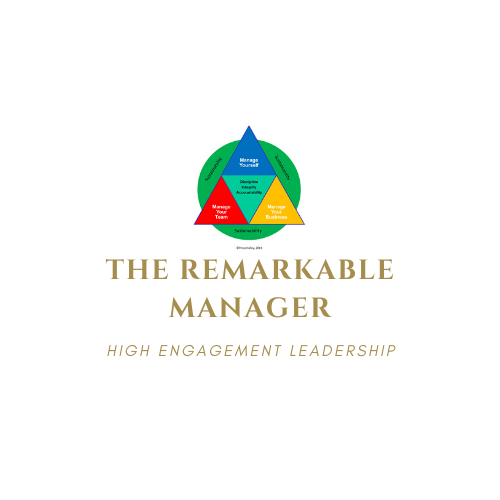10 Strategies for Becoming a World-Class Networker
I was reminded recently of how important networking is in the life of a highly effective leader. Jim, a friend of mine (and a highly effective leader), was in the middle of a job search. He was interviewing with several companies. As he presented himself to each company as a candidate, he listened and asked questions about their strategy and looked for ways that he could add value to their organization if he were to join them.
It sounds normal, don’t you think? Here’s where it gets interesting.
Jim received a lot of interest and some offers. He chose one of the offers, and you would think that’s the end of it, but not for Jim, the networker. Because he knew what each company was trying to accomplish, and he had taken the time to build good relationships, he offered to connect several of the people he had met from the different companies while he was interviewing, helping them each gain something they did not previously have.
He didn’t just get a new job; he got a new strategy for helping his new employer move forward faster.
Connecting vs. Networking
I think I am a pretty good at connecting with people. However, connecting and networking are different, and each requires a very intentional mindset and set of skills. Here are 10 strategies for world-class networking.
#1 - Put yourself in a position to network - Everywhere you go for business or for personal, on the road or around your neighborhood, there are always opportunities to grow your network. Be alert to the opportunities to meet and network with new people.
#2 - Do your homework - If you have a planned meeting with someone, take some time to learn about them, their company, their interests. If going to an event, research the event, the members, the regular attenders. Be prepared to meet new people.
#3 - Initiate conversations with others – Don’t wait for others to find you. If you don’t start the conversation, it might not get started. Be the initiator, show interest in others
#4 - Ask good questions - Avoid the temptation to talk about yourself and instead ask good questions of the other person, the organization, the market.
#5 - Be curious – Develop a sense of wonder. Ask why? Ask the other person to “tell you more.”
#6 - Listen with an intent to serve – Don’t just listen with the intent to understand, listen with then intent to serve needs the other person or the organization may have.
#7 - Look for synergies – Where do your worlds connect? Where does what you do fit with what they do or vice versa?
#8 - Look for ways to add value to them – Where can you add value to the lives of the people you meet. Make yourself valuable to them personally or to their organization. Instead of looking for what they can do for you, find a way to add value to them
#9 - Share contact information – This has never been easier than it is today with tools like LinkedIn. You can also exchange business cards, but don’t make it more difficult than it needs to be.
#10 – Find a way to Follow up - Even if it is sending the LinkedIn request to connect and/or a thank you note for the time they spent talking with you, reach out within 24-hours of the meeting, preferably within 12-hours.
It’s easy to think you are too busy to network, but it really is the lifeblood of great leadership, and it is the way opportunity magically finds a way to appear.



The world changed! Now it’s up to you. What are you going to do with all the incredible possibilities that are in play because of this change?